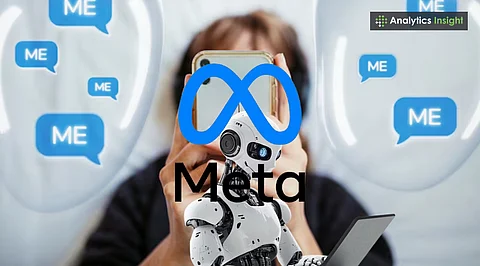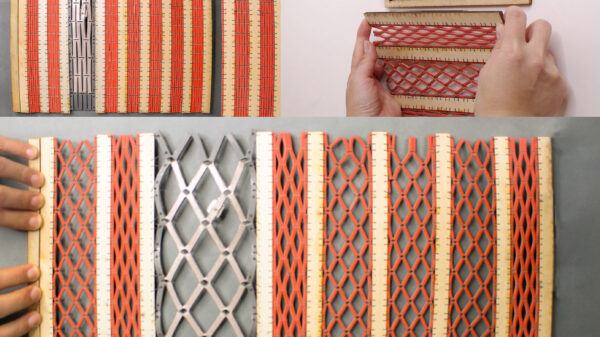A team of researchers at the Korea Institute of Science and Technology (KIST) has successfully developed a pioneering material known as “high-conductivity amphiphilic MXene.” This innovative creation stands out for its ability to be dispersed in various solvents, including water, polar, and nonpolar organic solvents. This breakthrough could have significant implications in fields such as electronics, energy storage, and environmental applications.
The research team, led by Dr. Seon Joon Kim, operates within the Convergence Research Center for SEIF at KIST. Their work emphasizes the potential of MXene materials, which are two-dimensional compounds known for their exceptional electrical conductivity and mechanical properties. The ability to disperse these materials in a wide range of solvents enhances their versatility for numerous applications.
Innovation in Material Science
The amphiphilic nature of this MXene allows it to interact with both polar and nonpolar environments, making it suitable for diverse applications. Traditional MXenes typically face challenges regarding their dispersion in solvents, which limits their practical use. By overcoming this limitation, KIST’s research opens up new avenues for using these materials in advanced technologies.
The significance of the findings extends beyond theoretical implications. The ability to create stable dispersions of MXene can lead to improved performance in energy storage solutions, such as batteries and supercapacitors. This versatility could also pave the way for novel approaches in sensors and other electronic devices.
Strong collaborations within the scientific community are crucial for advancing this research. The KIST team has expressed their commitment to working with industry partners to explore practical applications for this new material. Their efforts align with global trends in material science, where innovation is key to addressing challenges in energy efficiency and sustainability.
Future Prospects
The research conducted by Dr. Kim and his team is set to make waves in the scientific community, with potential applications that could reshape various industries. Their findings, published in a leading scientific journal in 2023, underscore the importance of interdisciplinary approaches in material development.
As the world increasingly focuses on sustainable technologies, the KIST team’s work exemplifies the type of innovation necessary to drive progress. The development of high-conductivity amphiphilic MXene materials showcases how research can lead to practical solutions that meet the demands of modern technology.
In conclusion, KIST’s groundbreaking development of this versatile material represents a significant advancement in material science. The potential applications in energy, electronics, and beyond highlight the importance of continued research and collaboration in the field. As industries look for innovative solutions for complex challenges, the contributions from researchers like Dr. Seon Joon Kim and his team will be invaluable.































































